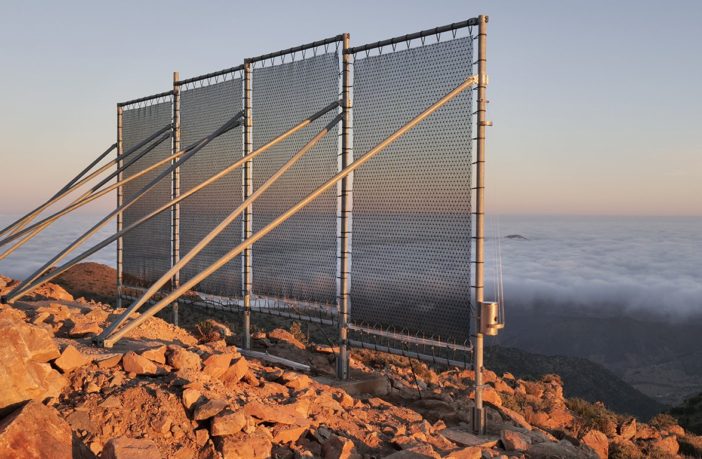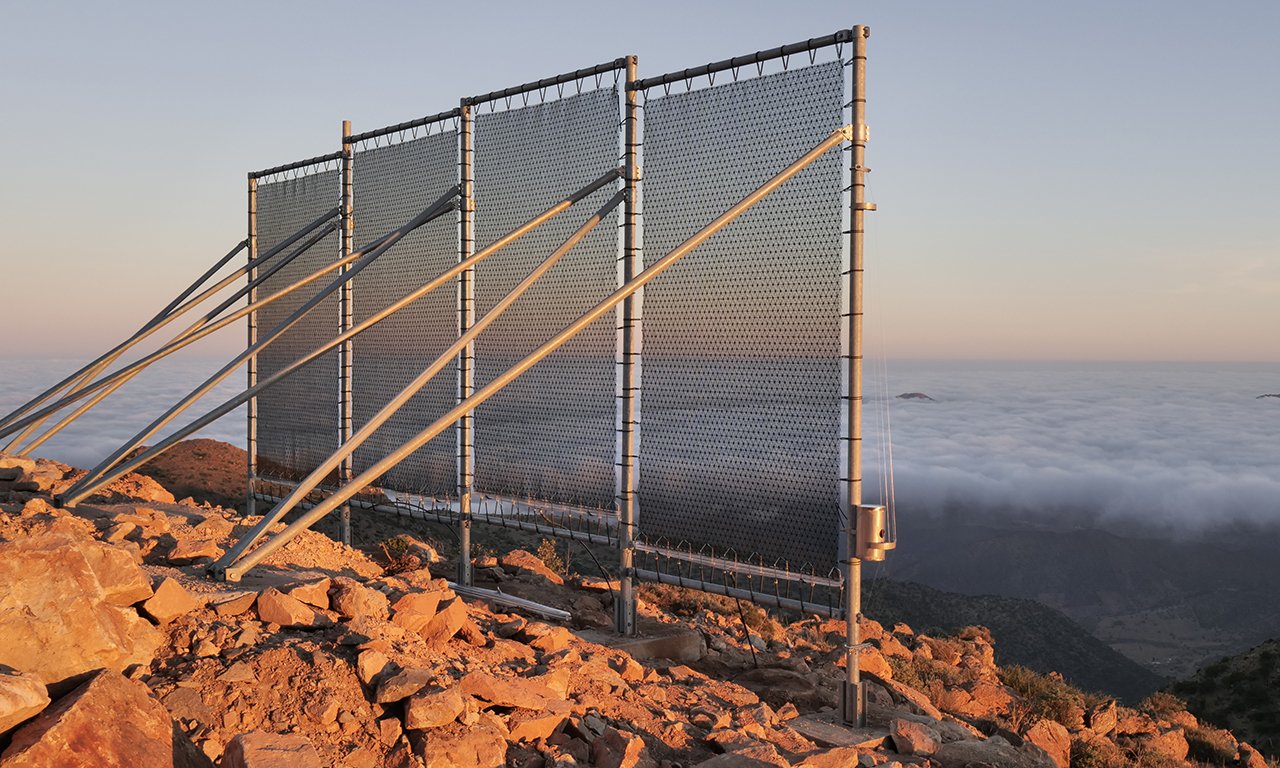The Weather Channel
By Ally Hirschlag
Every morning while it was still dark outside, women and children from Berber villages in southwestern Morocco would get up and walk three miles to the closest water wells to fill jugs for the day. They would then walk the three miles back to their village as the hot sun rose over the Anti-Atlas Mountains, carrying the heavy jugs carefully to avoid spilling any.
If they didn’t make the trek during the dry months of June through August, their communities would have no water for drinking, cooking, or washing.
Sometimes though, the villagers would arrive at the wells and find the water levels were too low to fill their jugs. When that happened, their community had to pay for water to be delivered by tanks, which could take up to two weeks.
In this isolated area of the country, water scarcity has been a fact of life for centuries. But starting around 30 years ago, increasingly devastating droughts made the task of finding water far more arduous.
In recent years, however, a nonprofit called Dar Si Hmad has been easing the region’s water crisis by tapping into the dense mountain fog.
Dar Si Hmad’s president, Aïssa Derhem, knew about water-scarcity issues in the small villages of southwestern Morocco because his father grew up in one of them. In 1989, while Derhem was living in Canada, he learned about a netting technology, created by the nonprofit FogQuest, which captures water from fog. Knowing the unique climate of the Anti-Atlas Mountains, he thought the technology could help the Berber people there.
The climate in the Anti-Atlas Mountains has always been arid, but over the past three decades, droughts have grown much more severe, which experts attribute to a “landmark drought” in 1986. That drought is also thought to have been a catalyst for desertification in the area. Since then, rainfall levels have decreased by 15% across Morocco and up to 80% in southern Morocco, which significantly impacted the local Berbers’ ability to find water. Steadily increasing temperatures there have likely made these droughts even more devastating to the Berbers’ water supply.
Even without rain, the Atlas mountains have remained shrouded in fog, caused by a stationary high pressure system called the Azores High or Azores anticyclone. Because of where it’s positioned, the anticyclone whips up cold, moist air from the cold current that flows around the nearby Canary Islands. That air then coalesces into moisture-filled, low-lying statocumulus clouds. Coastal winds push these clouds towards the mountains where the terrain and thin air traps them, forming a thick layer of fog.
“The elevation change that is associated with the coastal ranges further enhances the fog that is generated, resulting in often particularly dense fogs at some elevations,” said Daniel Fernandez, Professor of Sustainable Systems and Environmental Studies at the School of Natural Sciences at California State University.
The fog rarely produces rain, but it is filled with water that Dar Si Hmad figured out how to harvest using a simple, sustainable collection method: fine, mesh nets that trap water when wind pushes fog through them. That water then trickles down into plastic containers below. Thanks to gravity, the water flows through a piping system to reservoirs, from which it is then piped into the local villagers’ homes. Because fog-water doesn’t contain pollutants, the water is clean and ready to use.
In 2000, with the help of FogQuest, Derhem began setting up a system called the Standard Fog Collector (SFC) on top of Mt. Boutmezguida in the Anti-Atlas Mountains. The water harvesting experiment began in 2006. Since then, Dar Si Hmad has built a meteorological station to better predict fog levels. They have adopted a much more efficient netting system called CloudFisher®. They have built seven reservoirs and they have extended pipelines to reach nine villages. It is the largest fog-water harvesting system in the world.
Now, given the ease of water collection, women and children no longer have to spend so much of their time and energy trudging to the wells and back.
In 2016, Dar Si Hmad was awarded a United Nations Climate Change prize — in a category called “Momentum for Change: Women for Results” — for providing a sustainable water source to combat the effects of desertification in Morocco. Today, the organization is continuing to pursue that goal in new ways.
“Dar Si Hmad is working to set up a didactic garden where excess water from the fog project will be used to exhibit various agricultural techniques that work against desertification and to reforest the valley,” said Abbès Benaïssa, permaculture project manager of Dar Si Hmad.
Dar Si Hmad isn’t the only group working to harvest fog. At Virginia Tech University in Blacksburg, Virginia, researchers have developed a “fog harp,” that may work even better than netting. A fog harp is a series of vertical wires held under tension within frames that capture fog-water and allow the droplets to have a clear drainage pathway down into bottom collectors.
Jonathan Boreyko, a mechanical engineer at Virginia Tech who led a recent study on the technology, said fog harps circumvent clogging that can happen with more tradition netting.
Fog harps are “inspired by coastal redwoods, which are famous for their ability to efficiently shed fog droplets down linear needle arrays so that the fog drops can fall to the soil for drinking,” Boreyko said. His team is still testing the device, so evidence of its effectiveness is lacking.
Fog harvesting devices like netting and harps are starting to ease water scarcity in places all over the globe that experience fog but otherwise have limited access to water. FogQuest, which originally helped Dar Si Hmad set up water harvesting nets in the Anti-Atlas Mountains, already has fog-harvesting systems stationed in South and Central America, and the Middle East. And they’re one of several organizations setting up collection systems in fog-prone areas around the world.
According to Fernandez, similar systems have been set up in countries like Peru, Chile, Guatemala, Spain, Eritrea, Israel, Ecuador, Oman, Nepal and Haiti.
Fog-water collection in these coastal areas yields moderate amounts of water — enough to sustain small villages, but likely not enough to meet the demands of large cities, according to Fernandez. Still, small villages are often on the frontlines of impact from droughts that are intensifying due to climate change — particularly vulnerable because they have fewer resources for acquiring water. As rising temperatures continue to increase drought severity, innovative technology like fog-collectors may help them survive.








